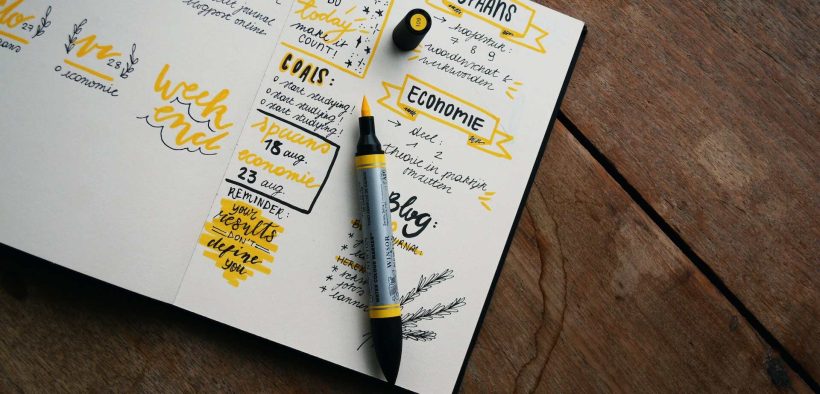Share

As marketers compete for attention, they present polished products to consumers that blend together in a sea of total perfection. Craig Matthews, chief merchandise officer at Office Brands, thinks deliberate imperfections are worth considering.
In a world where AI is becoming increasingly sophisticated, it’s easy to think that spelling mistakes and imperfections in marketing content will make your brand look unprofessional and untrustworthy. However, ironically, the opposite can be true.
When you make a spelling mistake or have an imperfection, it shows that your content is created by a human being. This can help to humanise your brand and make your marketing more relatable to your audience.
Of course, you don’t want to make too many mistakes, or you’ll risk losing your audience’s trust. But a few well-placed imperfections can actually make your marketing more believable and engaging.
Deploying spelling mistakes
Here are a few tips for using spelling mistakes and imperfections in your marketing content:
- Use them sparingly. You don’t want to make so many mistakes that your content looks unprofessional or sloppy. But a few well-placed imperfections can actually make your marketing more believable and engaging.
- Use them in the right places. Don’t make spelling mistakes in your website copy or other important marketing materials. But you can use them in your social media posts, blog articles and other less formal content.
- Use them strategically. Think about the kind of image you want to project for your brand. If you’re targeting a young and hip audience, you may get away with making more mistakes. But if you’re targeting a more professional audience, you’ll want to be more careful.
Here are a few examples of how you can use spelling mistakes and imperfections in your marketing content:
- Use them to show that your brand is relatable. For example, you could write a blog post about the challenges of being a small-business owner, and include a few spelling mistakes to show that you’re just a regular person.
- Use them to show that your brand is authentic. For example, you could share a behind-the-scenes photo of your team working on a new product, and include a caption with a few typos. This shows that your brand is real and that you’re not afraid to be yourself.
- Use them to add humour to your content. For example, you could write a tweet with a funny pun, and make a spelling mistake on purpose. This can help to make your content more engaging and relatable to your audience.
Finally, do some A/B testing of the same content to see which copy generates the most opens and clicks, and then test, measure, refine and repeat.
Of course, you don’t want to rely on spelling mistakes and imperfections as your only way to humanise your brand. You should also focus on creating content that is informative, engaging and relevant to your target audience. But using a few well-placed imperfections can be a great way to make your marketing more believable and stand out from the crowd in an AI perfect world.
Craig Matthews is the chief merchandise officer at Office Brands, Australia’s largest independent business supplies dealer group, providing B2B and B2C retail, wholesale and logistics solutions.
Photo by Estée Janssens on Unsplash













